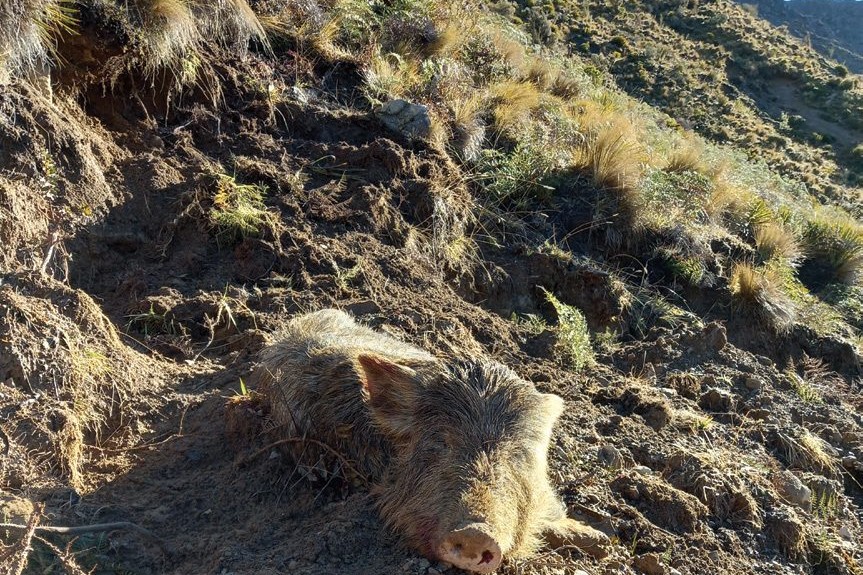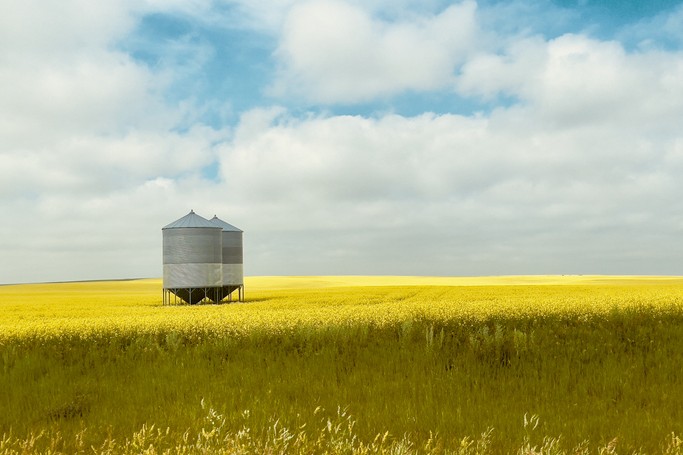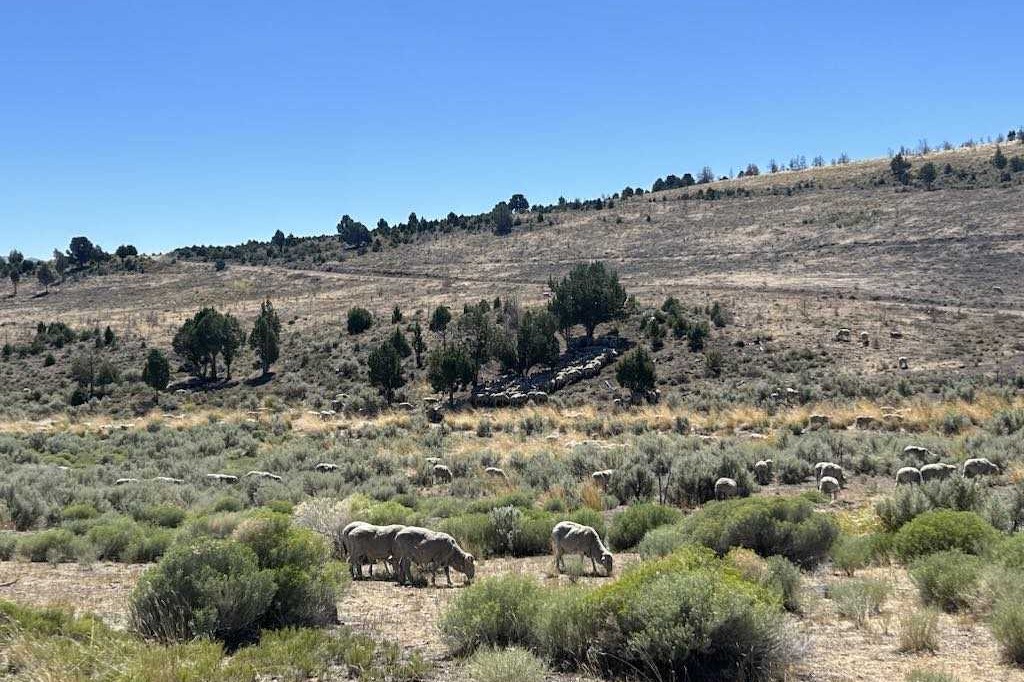Pigs’ digging exposes target
By Peter Snowdon

FLOODS HAD TRASHED THE CANTERBURY landscape. Floodwater debris littered riverbanks and roadsides. Scoured culverts, washed-out fences and sodden paddocks meant infrastructure workers and farmers had plenty to deal with in the aftermath of the floods.
Rivers were still swollen and discoloured but our intended route for the June 2021 hunt was bridged and our accommodation a snug Department of Conservation hut with a burner. Light showers accompanied our walk in. It was slippery and soft underfoot, debris washed over the track showed the surprisingly high level of the record floodwaters.
On arrival we spent a couple of hours filling the empty woodshed. In June the comfort of a fire was a high priority. We had brought a light handsaw knowing the one at the hut was blunt and rusty as they almost always are.
There were plenty of standing dead beech and manuka handy. And on gear – daylight for hunting is in short supply in winter. With more time in a hut a decent light is important. Luci lamps are solar rechargeable lightweight inflatable lanterns. They give good light and can be recharged by leaving in sunlight. I’ve had mine for two years, a good investment of $39. On multi-day hunts you can save your headlamp battery for those dark evenings returning to the hut.
An afternoon hunt revealed two deer grazing high above a creek about 3km away. Nothing else was sighted despite a lot of time glassing so we made plans to pursue these animals the following morning.
Next day in sunshine and light winds we climbed to about 1200 metres. The plan was to move around the head of the creek and approach the deer of last night from above. The approach looked too challenging so we moved further down the ridge looking for a spot to drop into the creek and climb the other side.
Dropping to about 1000m on a steep face we found ourselves among fresh pig rooting. Large areas of the damp soil had been well worked over with holes 750mm deep in places. Short snow tussock and fern had been heaved up.
Cresting a small rise, we saw the pigs busy in their destructive rooting. The action unfolded in front of us as we waited to each get a pig lined up for simultaneous shots. The mob was at work in scrub and tussock just 90m ahead. Clods flew in the air as they turned over the vegetation, rooted in the soft damp soil and noisily scrapped among themselves for prime diggings.
Two shots and two young sows tumbled and rolled downhill while two other pigs bolted along the hillside. A look over the area showed how damaging their activity had been and how deep and damp the soil was on the hillside. The heavy rains had made their work easy.
Making our way back toward the hut we were encouraged by increasing animal sign high in creek headwaters among short snow tussocks. The heart rate bounced as we spotted a chamois gazing down from a rock outcrop 300m ahead. It didn’t hang around to socialise!
Next morning after a long steep haul through damp beech forest we spotted three stags in tall tussock about 650m away. The size and shape of the larger stag perked our interest. He was mature with a good spread and appeared to hold at least 10 points. As we watched, the two younger stags tussled and jousted with each other. At the same time a lone chamois was making a steady climb in the alpine vegetation. What a display. Pity we were about to interrupt it.
Working to close the gap on the stags was difficult. They had clear visibility in our direction once we left the cover of forest and while the wind was in our favour the contours were not. At 390m we were spotted and a shot from a poor rest went astray. The deer bolted.
We lunched in the weak winter sun high above the valley, reflected on a good few days in the hills and made plans to bivvy up in this spot when the weather warmed.




